Why Safflower Oil Is the Most Underrated Skin-Care Savior
Anna Efetova/Getty
In the world of skin care, there's always one buzzy ingredient after another taking over the shelves. Likewise, there always seems to be a handful of underrated ingredients that just don't get the love they deserve. One of the latter is safflower oil.
It's not exactly the trendiest of all the skin-care oils, but safflower oil is beloved thanks to its ultra-hydrating properties and an all-star ability to tackle acne and hyperpigmentation. Ahead, dermatologists break down everything you need to know about safflower oil for skin, including why you should try it and the best products to use if you want to give safflower oil a go. (Related: There's a Difference Between "Moisturizing" and "Hydrating" Skin-Care Products)
What Is Safflower Oil?
Safflower oil is the oil that comes from the safflower plant's seeds and has a thick, buttery consistency, according to board-certified dermatologist Deanne Robinson, M.D., F.A.A.D. The safflower plant, aka Carthamus tinctorius, was originally grown for its flowers that were used in making red and yellow dyes for clothing and food, according to the Center for New Crops & Plant Products at Purdue University. Today, however, the plant is primarily cultivated for its oil, which is commonly used in cooking just as with olive and avocado oil. It's also a great option for the skin since it's rich in fatty acids, which keep the skin plump and hydrated, explains Dr. Robinson.
The Benefits of Safflower Oil for Skin
Full of Antioxidants
Just like antioxidants are beneficial for the body, they work wonders when applied topically to the skin, too. In general, antioxidants are known to reduce signs of aging, repair the skin barrier, brighten hyperpigmentation, and protect against UV damage — and those in safflower oil are no exception. "The antioxidants that come from both the vitamin E and phenolic compounds, like acacetin, are naturally found in safflower oil," says board-certified dermatologist Keira Barr, M.D. Dr. Barr also notes that acacetin, in particular, can play an important role in preventing collagen degradation (the breakdown of collagen, which plumps and firms your skin) and, in turn, wrinkle formation, thereby making safflower seed oil a potentially potent anti-ager. And a 2008 study found that natural substances such as acacetin found in safflower oil can actually prevent skin photoaging (aka dermatological damage brought on by the sun that can potentially lead to skin cancer).
Acts As an Anti-Inflammatory
Safflower oil is great for sensitive skin types and skin conditions such as eczema, psoriasis, acne, and rosacea thanks to its anti-inflammatory properties. Another 2018 study found that applying plant oils such as safflower oil may help to stabilize the health of the skin barrier and keep inflammation and irritation at bay. What's more, the fatty acids in safflower oil may be beneficial for improving conditions such as dermatitis and healing wounds, according to Dr. Barr.
Moisturizes Skin
It's no secret that oils are super hydrating and this plant oil is no different. "Safflower oil offers both occlusive [meaning it forms a seal over the skin] and emollient [nourishing] properties that create a moisture barrier on the skin as well as absorbing into the skin to deliver essential fatty acids and nutrients that provide moisture and hydration," says Dr. Barr. (Related: The Absolute Best Moisturizers for Dry Skin, According to Dermatologists)
Reduces Acne and Acne Scars
Whoever said oil and acne-prone skin don't go together wasn't introduced to safflower oil. "Safflower oil has a high concentration of linoleic acid, which research shows may greatly help improve acne," says Dr. Robinson. Safflower oil is also non-comedogenic, so you don't have to worry about clogged pores when you apply it to the skin, adds Dr. Barr. And thanks to its anti-inflammatory properties and wound-healing benefits, you may find a reduction in the appearance of post-breakout acne scarring, too.
How to Use Safflower Oil
"While dry skin will benefit most from this ingredient, safflower oil is overall well-tolerated, so what's most important is looking at its accompanying ingredients to determine if the product is right for your skin," says Dr. Robinson. She says it pairs well with vitamin C, which is another multi-tasking antioxidant that's also known for improving hyperpigmentation. It's also a great way to hydrate the skin if you're using a drying acne medication or retinol. If you're reaching for safflower oil to help reduce inflammation, Dr. Barr recommends pairing it with ingredients such as honey, oatmeal, or aloe vera to help hydrate, moisturize, and soothe the skin even more. (Related: 8 Ways to Seriously Hydrate Your Skin)
Thankfully, adding this plant-based oil to your skin-care routine is pretty fool-proof. "It can be found as an emollient ingredient in moisturizers or balms, or it can be applied directly to the skin if you're using it as an oil," says Dr. Robinson.
As far as how often to use it? Well, that's up to you. Those with drier skin types might find it most beneficial to apply morning and night, while others might find it only necessary during the cold weather season when bitter temps tend to leave skin dry, itchy, and inflamed. Because safflower seed oil has been shown to offer some UV protection, applying it in the a.m. "may be beneficial in halting UV-induced sun damage in conjunction with [other] sun protection," says board-certified dermatologist Jen Haley, M.D., F.A.A.D. But if you choose to apply it also or only in the evening, know that the safflower oil can still help reduce inflammation and give thirsty skin a boost of hydration, she adds. (Related: The 5 Key Steps That Should Be In Your Morning Skin-Care Routine, According to a Dermatologist)
The Best Safflower Oil Products for Your Skin
When choosing a product that's purely safflower oil, you'll want to look for organic options that are cold-pressed, says Dr. Haley. "Cold-pressed extraction allows for higher nutritive properties of the oil." In other words, it will be as close to the natural form as possible, ensuring you'll be able to reap the most benefits. (Related: How to Find the Perfect Face Oil for Your Skin)
As with all products, however, you want to patch test this oil before slathering it all over your complexion. "I recommend patch testing to the upper inner arm and waiting at least 48-72 hours to see if you have a reaction to it," notes Dr. Haley. This may require a bit of patience, but totally worth it in the long run.
Avene Hydrance Rich Hydrating Cream
Dr. Robinson recommends this for those suffering from dry skin. It's formulated with shea butter and safflower oil to kick dryness to the curb and help prevent water evaporation from the skin. It's especially handy during the fall and winter months since skin tends to be drier when temperatures fall.
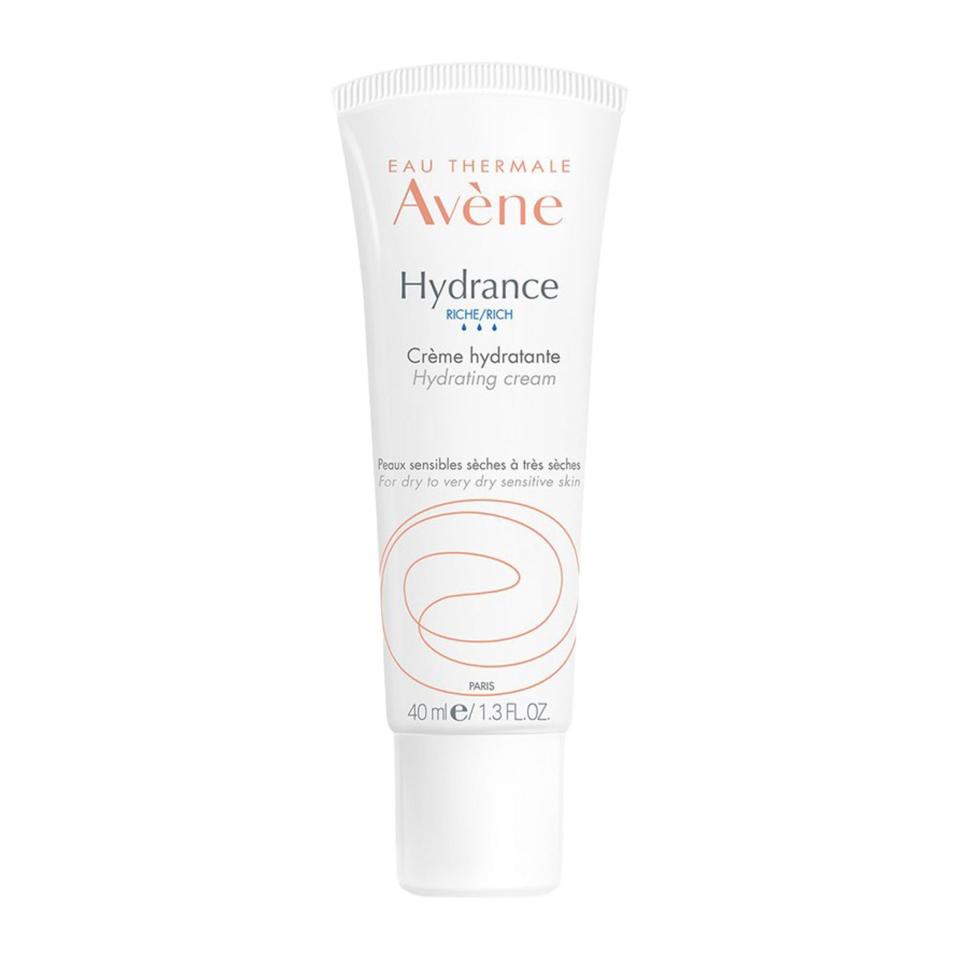
Coola Mineral Body SPF
"Emollient ingredients like safflower oil help to make mineral sunscreen more aesthetically pleasing and less chalky-looking," says Dr. Robinson. And that's just one of the many reasons to fall in love with this mineral sun protectant. It's also reef-friendly, vegan, and paraben-free, so you can feel good about applying it to the entire family. (Related: How to Actually Buy Non-Toxic Sunscreen)
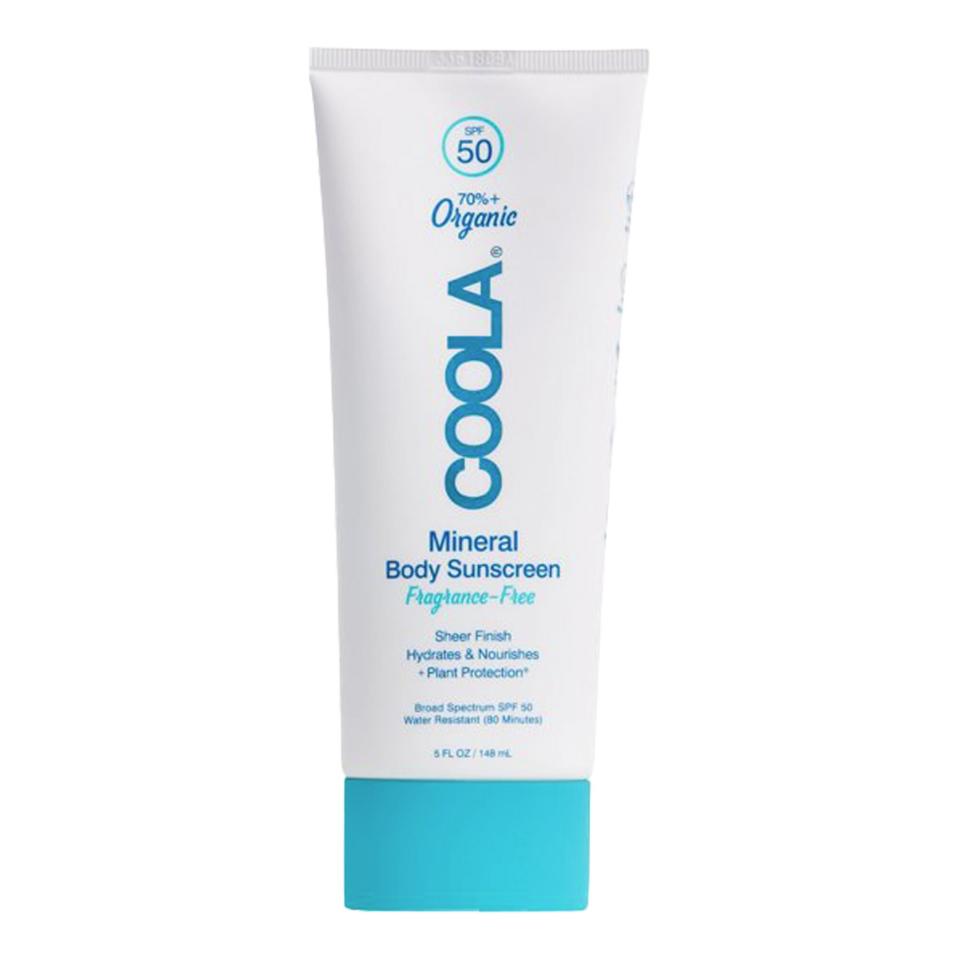
iS Clinical Cream Cleanser
Cleansers shouldn't strip your skin dry of its natural oils. That's why this cream option with safflower seed and coconut oils is a great way to get rid of dirt and grime without that uncomfortable, tight-skin feeling after you rinse. And the formula is so rich, it almost feels like you're washing your face with a luxurious lotion.
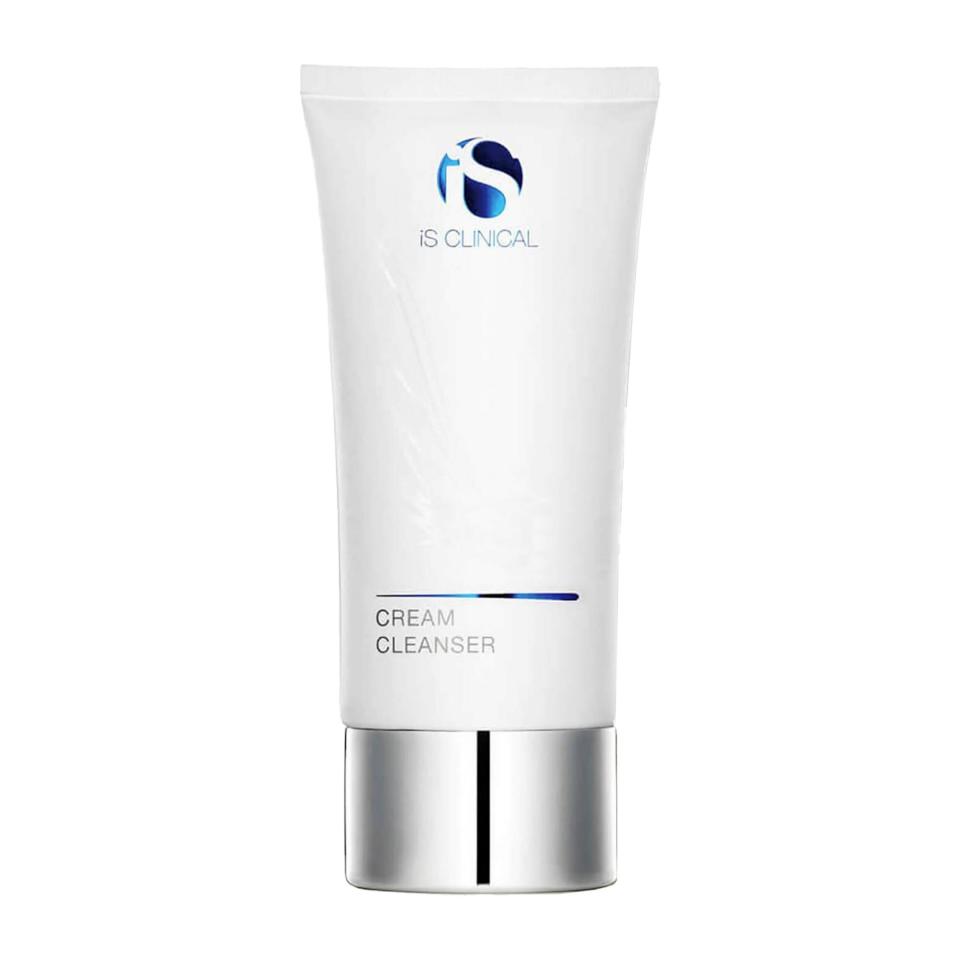
Kai Hand Cream
It's no secret that hands have taken a hit over the last year+ thanks to COVID-19. That's why Dr. Robinson says this hand cream is sure to come in handy. It's chock-full of moisturizing ingredients such as shea butter, sunflower and safflower oils, aloe vera, and apple extract. And with a 4.7-star rating on Amazon, you just know it's worth a try.
KraveBeauty Great Barrier Relief
Not only does safflower oil give this product its rich, creamy texture, but it also endows this serum with the power to restore and strengthen the skin barrier. Together with tamanu and rosehip oils, the plant oil quenches dry skin without leaving a greasy sheene. The serum also boasts superstar cermides to even further enforce the skin barrier with safflower oil, ensuring you're able to keep the good stuff (hydration) in and the bad stuff (pollutants) out. (Related: Why Ceramids Are a Skin-Care MVP)


